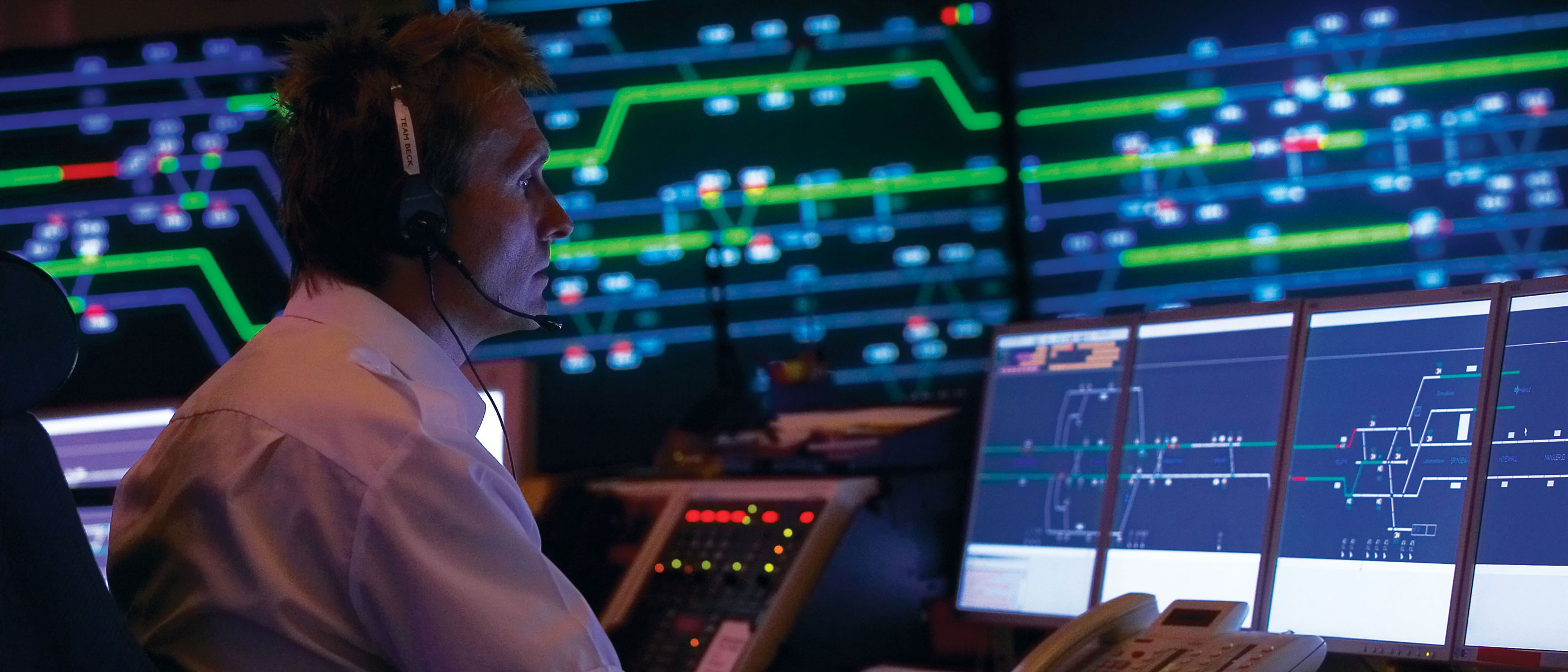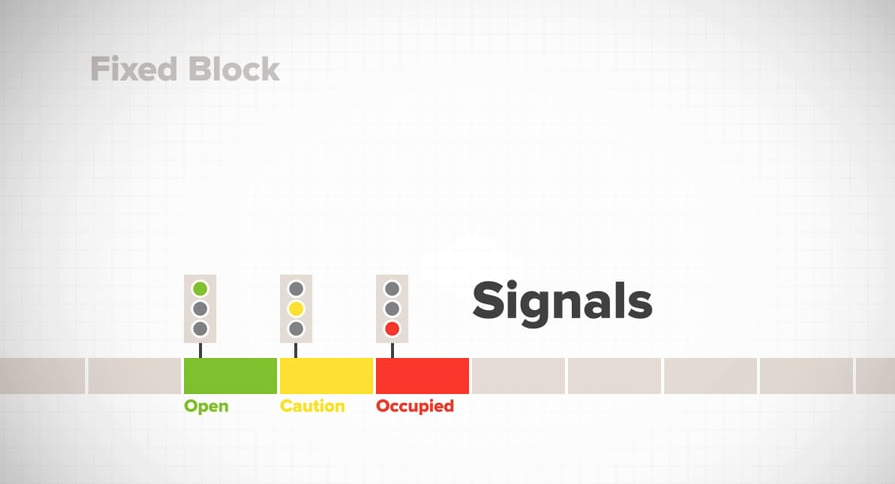
Growing subway ridership is straining the system and exposing the negative effects of decades of underinvestment and lack of innovation at the MTA. Subway performance has declined steadily over the past three years, causing stress and aggravation for riders. Technology has the potential to improve capacity and reliability, but the MTA is dreadfully slow at adopting innovation.
Signal-related problems account for well over half of all subway delays. Upgrading to the more efficient Communications-Based Train Control (CBTC) signaling system would be the single best way to increase capacity and improve reliability on the subway system in a relatively short amount of time. And yet, the MTA continues to adopt CBTC at a slow pace. Since 1999, when the agency began upgrading signals, only the L line has fully implemented CBTC, with the #7 line coming on in 2018. It could be 50 years before CBTC is installed throughout the system.
Other technological innovations are also progressing very slowly. Subway stations only just acquired Wi-Fi and cell service in 2017—years after other metro systems. The magnetic Metrocard has kept fare collection stuck in the 1990s, despite cities all over the world having adopted “tap” technology long ago. Driverless subways—or at least subways with only one operator instead of two—are within reach, but the MTA has not been capable of taking that leap.
The New York City subways are old, and upgrading such systems is harder than building new ones. But other cities, including Paris and London, whose systems are at least as old as ours, are adopting technology to improve capacity, reliability, and customer satisfaction.
Technology can dramatically increase both the capacity and the reliability of the subway system

Outcomes
Modernizing the subway with newer equipment will improve reliability and provide greater redundancy. Modern train control would make the subway safer and increase system capacity, thereby reducing congestion (if paired with other “brick and mortar” investments) and creating space for growth. It would also lower operating and maintenance costs by hundreds of millions of dollars annually. Finally, it would allow the MTA to improve the distribution of employees to better serve customers.
RPA estimates that it would cost about $27 billion, or $1.8 billion annually over the 15-year life of the plan, to fully implement CBTC on the subways. This estimate includes the cost of installing the system and upgrading interlockings and other associated investments. These costs could likely be reduced if the implementation of CBTC is streamlined. It’s a very significant investment, and cost is the main reason the technology isn’t being implemented more rapidly. At the current pace, the MTA would take more than 50 years to complete the changeover. RPA proposes accelerating the process, as well as prioritizing major lines so New Yorkers and others can receive the benefits of CBTC sooner.
